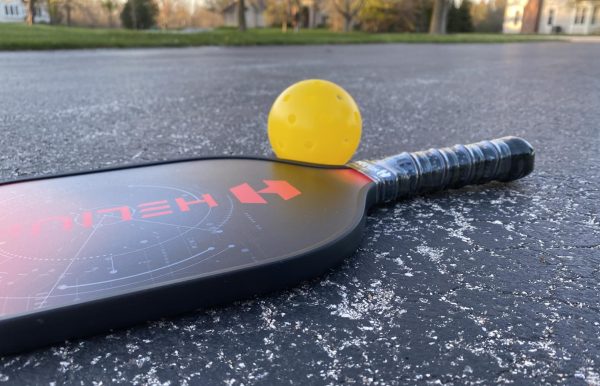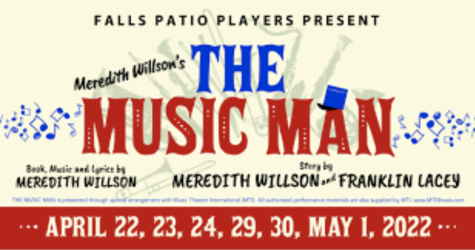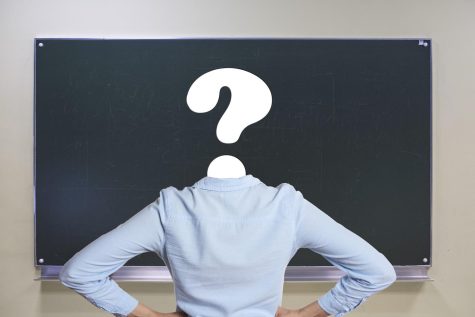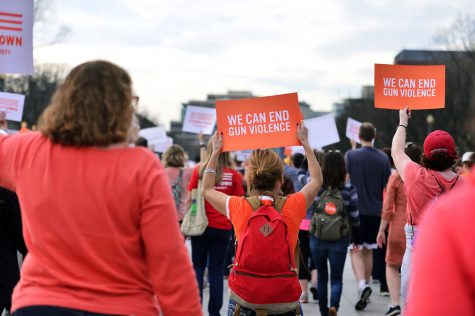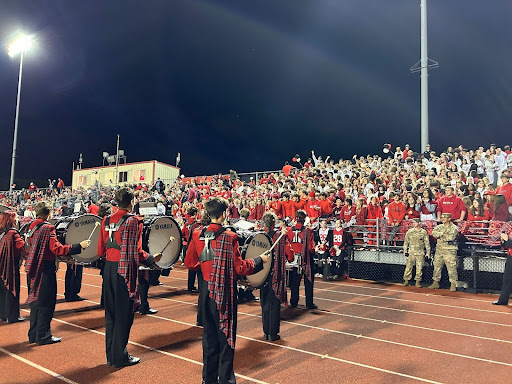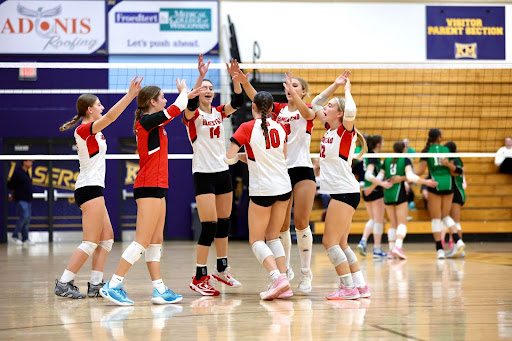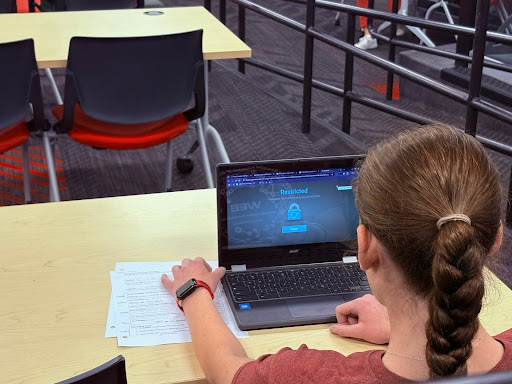New Voices of Wisconsin aims to protect student journalists’ rights
Student journalists and advisers around the country are fighting back against censorship, pushing for their states to adopt new legislation in a movement called New Voices.
New Voices is a student-powered project of the Student Press Law Center, a nonprofit advocate for the rights of student journalists, according to newvoicesus.com. The site says, “Right now, student journalists in the state do not have any extra protections guaranteed by state law — leaving students and their advisers vulnerable to censorship and retaliation for simply reporting the truth.”
Organizations across Wisconsin are pushing for new laws that protect the rights of student journalists from censorship by school administration. This past August, the Kettle Moraine Press Association, the Northeast Wisconsin Scholastic Press Association and the Wisconsin College Media Association formed a coalition to write drafts of anti-censorship legislation and gather support. As of today, the campaign is still persisting in raising awareness and pushing for protection from censorship.
The proposed legislation is divided into three sections, one focusing on high schools and restoring the “Tinker standard” of student expression in public high schools. This standard “protects student speech unless it is libelous, an invasion of privacy or creates a ‘clear and present danger’ or a ‘material and substantial disruption’ of the school,” according to the New Voices website.
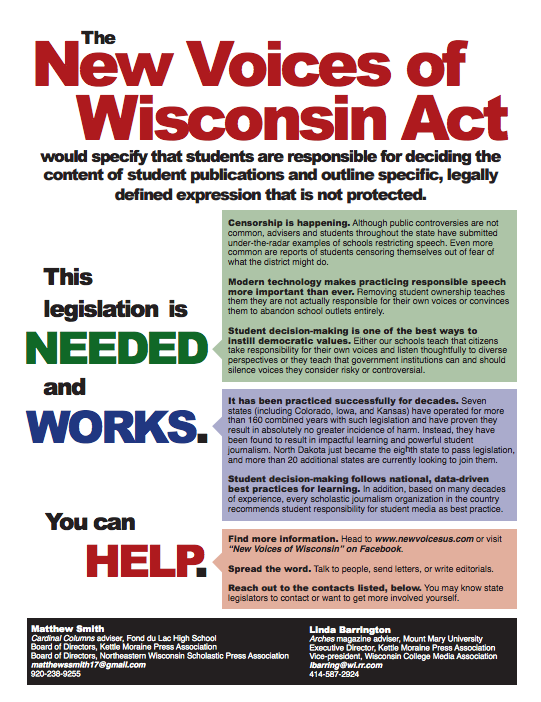
In short, these laws will protect the rights of students to write stories and report on any topic they feel needs to be covered, with the common sense exception of libel.
The next section protects public colleges from court action that restricts student journalists. Part three of the laws extends these same rights to private schools as well.
As of now, there are campaigns in 20 of 50 states for protection from administration censorship, including Wisconsin; three states have guaranteed protection for high school and college students from censorship (North Dakota, Oregon, California); and six states (Massachusetts, Pennsylvania, Iowa, Kansas, Colorado, and Arkansas) and the District of Columbia have added protection for high school students only. In the remaining 21 states, no laws or campaigns exist.
Student journalists and advisers around the country are writing in their opinions to New Voices, expressing why they support the campaign. Lauren Sorensen, editor-in-chief of The West Bend Current, wrote a powerful editorial about her experience with censorship, urging people everywhere to support the movement to protect student journalists’ rights.
“I firmly believe that journalists have a responsibility to practice ethical journalism and present a story that can prompt independent interpretation and inform the public,” Sorensen said in her article. “These practices and the ability to carry them out is first gained at school, a place where all learning should be cultivated.”
Follow New Voices of Wisconsin on Facebook for more information and updates on the campaign.
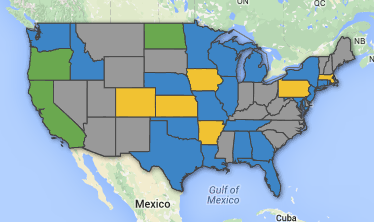
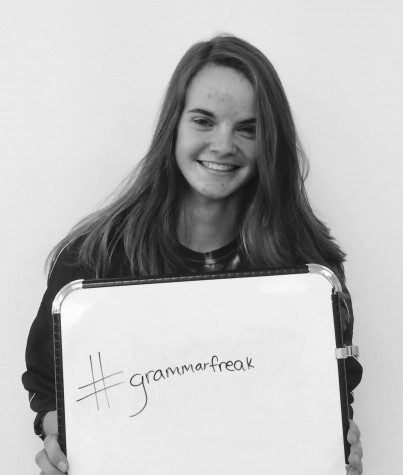
Erin Connolly, self-diagnosed grammar freak, is a senior barely hanging on to her sanity. Three sports and three AP classes later, Erin can often be found...

